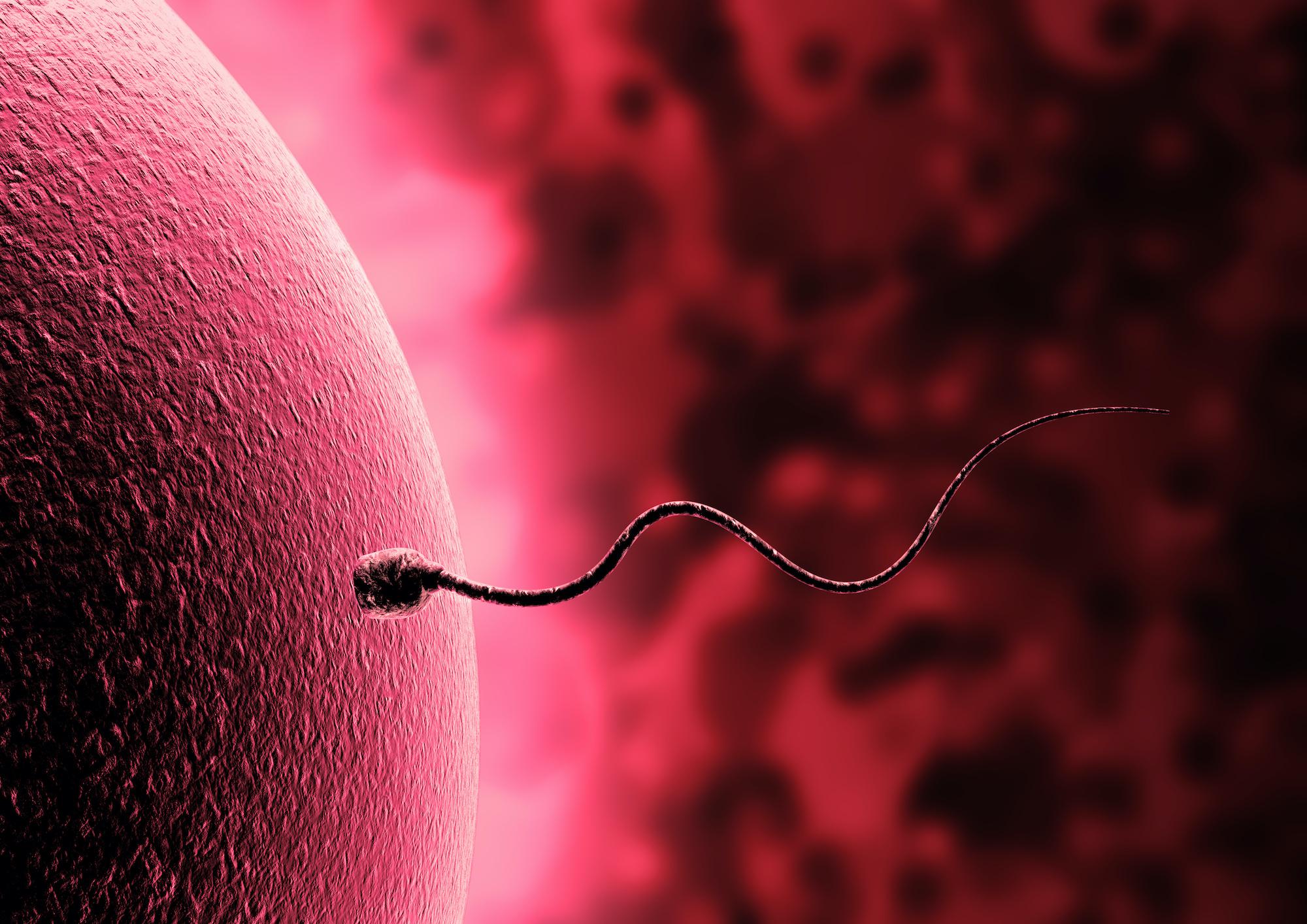New Research Shows a Way Gay Couples Could Have Children Using Their Own DNA

Remember that Arnold Schwarzenegger movie Junior where he was pregnant? Though it seemed hilarious and over-the-top at the time, scientists are actually close to making such a thing possible, sort of. Researchers at the University of Bath in the UK have opened up the possibility of an embryo using only male cells. Working with mice, they made a pseudo-embryo called a “parthenogenote.” This was an embryo created without sperm. The feat is performed by fooling an egg cell into thinking it’s been fertilized. Usually, a parthenogenote dies off after a few days. But here, scientists were able to fertilize them with a sperm cell, and inject each embryo into a female mouse.
30 healthy pups were born this way. An egg cell was used in each case. Through these experiments, researchers hypothesized that since the parthenogenote operated much like a skin cell, perhaps such a cell could be used, bypassing the egg altogether. If perfected, such a method could revolutionize fertility science, producing healthy humans without resorting to cloning, in a way that would be relatively easy and safe.

Scientists believe they have a way of creating an embryo with a skin cell serving as an egg.
Though colleagues have called the idea “speculative and fanciful,” they haven’t ruled the idea out. This would be a huge windfall for the gay community, as gay men could have children with their own genes, cutting out adoption or a surrogate. Another place where it could help is with couples where a woman’s fertility has been damaged beyond repair, say from a serious trauma, an operation where the ovaries were removed, or through cancer therapy such as chemo. Today, banking one’s eggs is an option. But outside of that there are few.
On another front, it could also help in zoology and preservation. Need to bring back a species, and only have a few males around? Collect some sperm and a few skin cells, and that creature is back in business. Lead scientist Tony Perry said that this breakthrough challenges the notion, held since the 19th century, that only an egg cell fertilized by sperm could produce mammalian offspring.
Still, this study only offers a proof-of-concept. Far more research would have to be done before we would see if this technique could actually yield healthy, human offspring. The method was said to have a 24% success rate, as it stands now. With cloning, it’s only one to two percent. So not only does it bypass the fears associated with human cloning, it might get a lot better results. The technique should also work with other kinds of cells. But more experiments will be needed to know for sure.

This could be a huge breakthrough for the gay male community. Couples could have children with only their genes.
Not all the talk surrounding this breakthrough was positive. Fertility pioneer and specialist Neeta Gerund had some misgivings. In the British newspaper The Telegraph she wrote that, although impressed with the science, she was upset about how the breakthrough was framed. The media portrayed it as a new development in the “battle of the sexes.” Instead of war, she called for unity. After all, isn’t fertility medicine about building families? She also cleverly asked who would gestate the developing embryo, if not a woman?
Though it could reignite the hope for some couples to have children, results from this breakthrough remains far off in the future, according to both Gerund and Perry. Gerund says that how such an embryo is impacted by environmental factors, such as diet and smoking, will take years to discern, alone. For a while at least, children will continue to be made the old fashion way, with a little boost from fertility science for those who need it.
To learn more about this study click here:





